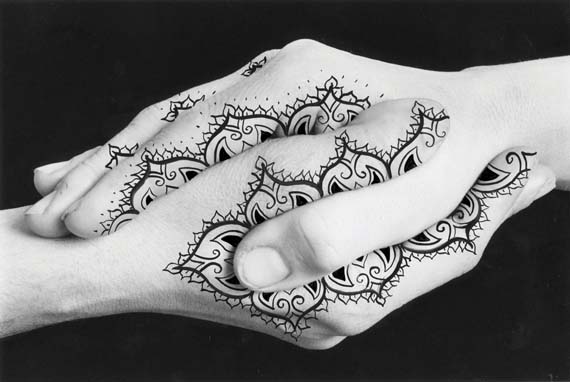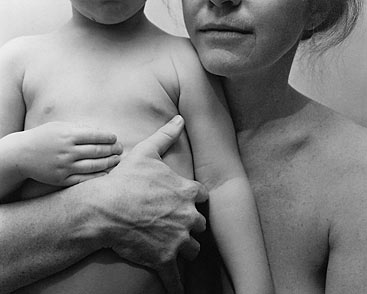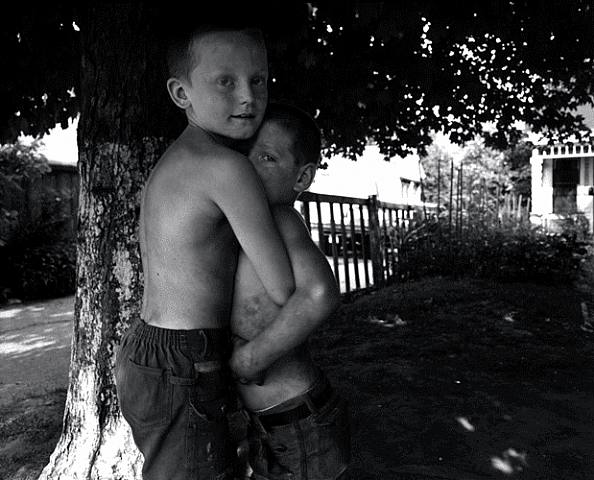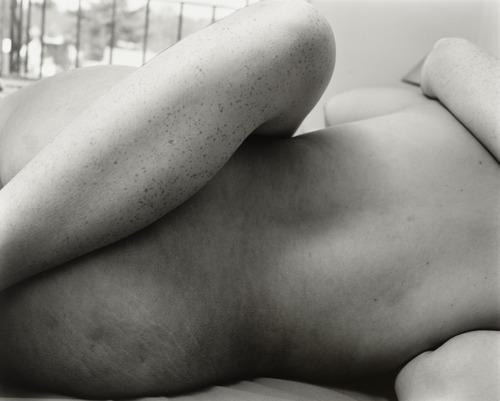Wednesday 30 November 2011
Quote of The Day
Quote of The Day
Quote of The Day
If I create from the heart, nearly everything works; if from the head, almost nothing.-Marc Chagall
Monday 21 November 2011
Sunday 20 November 2011
''Thirty years ago and one block from the site of this exhibition, Gordon Matta-Clark created one of his most important works, turning an abandoned Hudson pier warehouse into a “sun-and-water temple” that he called Day’s End. During the summer of 1975, Matta-Clark made a series of large cuts into a 600-ft long metal hangar on Pier 52 that had once belonged to the Baltimore and Ohio Railroad Company. Removing sections of the floor and ceiling, along with portions of the western and southern sides of the building, the artist exposed the river and sky, creating a changing sculpture of light out of a structure the city had largely abandoned.
Though not his first use of a Hudson pier—others included Untitled Performance (1971) and Pier In/Out (1973)—Day’s Passing, as the work was also known, incurred the wrath of the law. Matta-Clark’s opening event was shut down by the police, and dock authorities immediately locked the warehouse. The artist had hoped to let visitors in twice a week during the fall of 1975, but he soon found himself facing an arrest warrant and the threat of a million-dollar lawsuit. After leaving the country, Matta-Clark argued that he had created an indoor park, beautifying a decrepit space. The claims were eventually dropped.
This film—or rather, the filing for a film permit by two of Matta-Clark’s friends—seems to have been what tipped off the authorities. Though stuck in a confiscated and inaccessible state, Day’s End survived longer than many of his other works. A quick walk from the exhibition to the end of Gansevoort Street brings you to Pier 52, which survives today as a Department of Sanitation parking lot.''



.jpg)
Thursday 17 November 2011
Damien Ortega Glucose/Cola work
In 2002 Damián Ortega collaborated with Italian glassblowers to make alterations to 120 Coca Cola Bottles. Entitled “120 Days”—in reference both to the de Sade novel “The 120 Days of Sodom” and to the film Salò—this artwork follows the logic of the package-as-body metaphor to it logical (sadistic) conclusion.
From Greg Cook’s Interview with Damian Ortega“The idea of the Coke, the disorder produces fun but also some strange feeling, like something is wrong. ‘This Coca-Cola is so weird. Something’s wrong with them.’ It’s like the birds in the Hitchcock film, no? It’s like, hmm. Who are we? What are we doing? What are we thinking? What is our own relationship with the objects within society or the context.”
In “Molecula de Glucosa Expandidais” Ortega used bottle caps to make a giant hanging glucose molecule. (Coincidentally alluding to that secret ingredient that has recently set Mexican Coke apart in the minds of some consumers—namely: sugar.)
“Molécula de glucose expandida is a work that deals with the consumption of sugar in Mexico as a collective and cultural phenomenon. It is exhibited as a molecule formed by particles that are soda bottlecaps collected from stores and restaurants in Mexico City. I enlarged the molecule to a huge size. It is a rhizome hanging from the ceiling, growing and expanding in the space like an alien. This work can be grasped from the inside or from the outside. It is a chemical structure, but also a social one: micro and macro.”–Damián Ortega from Champ de Vision, Damián Ortega Part 2
by Anna Hiddleston and Sinziana Ravini
Thursday 10 November 2011
Quote of The Day
“We need art to live fully and grow healthy. Without it we are dry husks drifting aimlessly on every ill wind, our futures without promise and our present without grace.” -Maya Angelou
Thursday 3 November 2011
Turbulent by Shirin Neshat








Nicholas Nixon







Wednesday 2 November 2011
Know Hope
There isn’t much about Adam Yekutieli’s street art that is immediately distinguishable as Israeli, and in fact his fanciful and compassionate drawings and phrases go against much of what most would recognize as Israel’s characteristically macho culture. Yekutieli is best known by the street tags “Know Hope” and “Please Believe” — phrases that line the boulevards of Tel Aviv and other Israeli cities, and ones that Yekutieli is currently bringing abroad through a summer tour of New York, Los Angeles, London and Stavanger, Norway.

Yekutieli’s whimsical personification of urban objects, such as electrical lines holding hands and speaking light bulbs, calls to mind Dr. Seuss or Shel Silverstein, but his often cryptic messages — such as, “This is for the homeless hearts and anxious fingers,” or, “These every-day breaking points bear minor symphonies” — veer much more toward solemnity.
“I want to address the human conditions that compose the political and social issues that you see in a lot of other street art,” Yekutieli told the Forward.
Yekutieli was born in Huntington Beach, Calif., in 1990, and as a young boy he moved to the Tel Aviv suburb Ramat Hasharon with his parents, who are both professional artists. He attended an arts high school, but he describes his post-high school move to the city of Tel Aviv as the real beginning of his work.
Though Yekutieli began by spray-painting and posting long blocks of text, he has come to prefer a “less bold” aesthetic that solidifies his message into shorter, more easily read bites. About two years ago, he started what he calls his “library project,” in which he pasted drawings and phrases on the street with double-sided tape, inviting removal. On the wall behind the pieces, Yekutieli wrote, “I let you borrow my heart for a while but others borrow it as well.”
In the past year, Yekutieli has worked almost exclusively on site-specific installations that bring his “character” — as he calls the figure at the center of his work — to life in cardboard 3-D. In these installations, the character interacts physically with the surroundings, climbing across Tel Aviv’s landmarks or feeling out crosswalks as if they were Braille.
“I’m trying to create a common moment with the viewer,” Yekutieli said. “It’s a misconception that people think my work is expressing despair…. In a good way, I am trying to express all the aspects of our environment that are temporary and fading away.” When Yekutieli sets up installations, he says, he takes photographs immediately, because they will be gone in minutes. “And I’m all right with that…. I’m creating full stories in real time.”
Asked about how specific his work is to Tel Aviv and Israel, Yekutieli notes that all art made in Israel has “an automatic political layer” and that the moments he portrays are certainly rooted in a geographic context. He does not, however, see his core themes as necessarily Israeli — and certainly not as Jewish. “I’m starting to realize that I don’t see myself as connected to any country,” he said. “I am primarily an external observer” — a point of view that certainly plays itself out in the often lonely and distant themes of his work.
“I identify with the intentions of political street art, but this location is so political that if you do anything overtly political, it gets washed down by the context,” he said. “I think that to be meaningful, the political should relate to the everyday: Everyday life is the most subversive thing, because everybody can relate.”
Yekutieli’s character has certainly gone through his share of “everyday” experiences. Throughout a series of images around the city, viewers have watched the character — literally — give away his heart, have it sewn back on his sleeve by his bird companion, have his arm cut off and engage in other symbolic misadventures.
Yekutieli has gotten a range of viewer reactions to his work, from copycat tagging to writing back, thanking him for creating a particular human connection. He also has been in touch with artists around the world who are interested in collaborating with him.
His work will be on display through the fall season, at the Carmichael Gallery in West Hollywood, Anno Domini in San Jose, The Gallery on Cork Street in London, the Nuart Festival in Norway and wherever else it appears — that is, for the moment.





Yoram Lehmann
Yoram Lehmann was born in 1939 in Tel Aviv and is a
photographer and instructor of photography specializing in documentary
photography and commercial photography.
At the age of 14 he was accepted as an apprentice to the photographer
Alfred Bernheim in Jerusalem and after two years he was certified by
“the master” to be an assistant photographer in his studio.
After completing his army service, he was appointed as the photographer
of the the French archeological expedition led by Jean Perrot.
In 1966, he traveled to New York and began to work as an assistant
photographer in the studio of Richard Avedon. Two years later, he
ventured out on his own and opened a studio. In 1974, he was sent by
the development department of the UN to photograph projects in South
America and Africa.
br>
In 1977, Lehman returned to Israel and continued his photography career
in Jerusalem. From 1996, he served as head of the Photography
Department at Hadassah College. In 2007 when the department received
academic accreditation from the Council of Higher Education, he accepted
the role of professional coordinator of the Department of Photographic
Communications.















